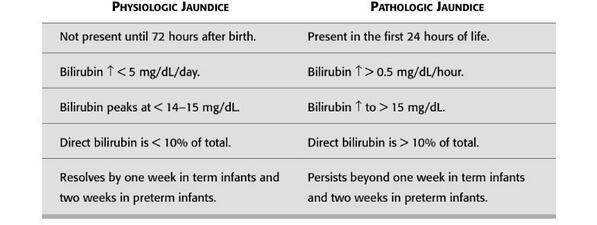

The gradient can be reflected as P(a-ET)CO2, and the normal range for this is 2-5mmHg. In a normal, healthy patient this gradient, or difference, is minimal and the two are closely matched. We can evaluate this relationship using the gradient between ETCO2 and arterial CO2 levels (PaCO2) measured via arterial blood gas. Atelectasis, bronchial intubation or lung pathologies will result in lack of alveolar ventilation although alveoli are perfused. Significant hypotension, for example, will cause inadequate perfusion although alveoli are still being ventilated. Alveoli must be adequately ventilated but also adequately perfused in order for effective gas exchange to take place. We often talk about the relationship or ratio between ventilation (V) and perfusion (Q) in regards to anesthesia (V/Q). Anything that causes changes in circulation, tissue perfusion, metabolism, or ventilation can cause changes in CO2 production and elimination. CO2 will then diffuse into venous circulation, be transported to the lungs and eliminated via exhalation.

This non-invasive monitor can give valuable information about cardiac output, perfusion, and ventilation.Īerobic cellular metabolism produces CO2 as a by-product. It is the measurement of CO2 at the completion of exhalation and roughly correlates to the CO2 present in arterial blood. Massachusetts Veterinary Referral Hospital, Woburn, MAĮnd-tidal carbon dioxide monitoring (ETCO2) has clinical uses far beyond solely determining hypo- or hyperventilation. Jaime Maher, CVT, VTS (ECC, Anesthesia/Analgesia)


 0 kommentar(er)
0 kommentar(er)
